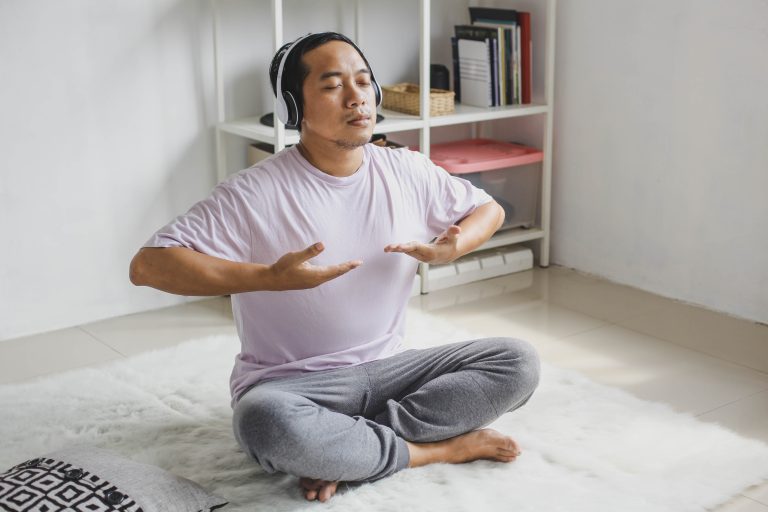Panic attacks are caused by anxiety. But they are often so distressing and so physical, that they frequently have symptoms similar to heart attacks or major health events. Many individuals that have never experienced panic attacks before end up seeing a doctor or even end up at the hospital, worrying that something is wrong with their heart, head, or lungs.
We know that panic attacks are very physical events. It is because they are so physical and so severe that many people begin to fear the panic attacks themselves. It’s possible for that fear to trigger a panic attack and, perhaps most importantly, the fear of the experience of a panic attack can cause people to experience more anxiety when the panic attack is occurring, leading to a more severe attack.
This eventually becomes a cycle:
- Panic Attack
- Fear of Panic Attack
- More Severe Panic Attack
- More Fear of Panic Attack
- Even More Severe Panic Attack, and So On
Over time, as this cycle repeats, the panic attacks become more severe and occur more often. It also becomes more difficult to naturally try to control panic attacks, because the anxiety of the attack become its own recurring trigger.
Fighting the Severity – Not the Attack
It can eventually be fairly challenging to try to stop panic attacks when they’re this severe. It’s why people often need to seek help for panic attacks from trained therapists.
What you may eventually need to do is switch the priority from stopping panic attacks to reducing their severity by helping get them under control. You may not be able to stop the attack, but if we can reduce it, then eventually we may be able to learn to control it easier at a later date.
To do that, we have to primarily focus on breathing.
Most of symptoms of panic attacks come from hyperventilation. During a panic attack, we breathe faster and shallower (less deeply), which causes us to deplete ourselves of CO2 and over-oxygenate our blood. During this time, we feel and experience the opposite – we often feel like we’re not getting enough air, which causes us to try to take faster and deeper breaths than our body needs, causing this issue to compound further.
Hyperventilation is responsible for many, if not most, of the symptoms of panic attacks. It causes:
- Lightheadedness
- Chest pains
- Weakness and numbness
- Rapid heartbeat (also caused by anxiety)
It may even have an effect on your thoughts, your pupils, your muscles, and more.
Once we understand that hyperventilation causes most of the physical symptoms of panic attacks, we can then try to reduce symptoms by addressing hyperventilation. We may not be able to stop panic attacks altogether, but if we learn to at least try to control our breathing during a panic attack, the severity of the symptoms should decrease.
To do this, we need to remind ourselves during a panic attack that, even if we feel we aren’t getting enough air, what our bodies need is to rebuild our CO2. That’s what helps blood flow and prevents blood vessel dilation. To do this, we have to breathe in slowly, hold for two seconds, and then try to breathe out like we’re trying to blow on a candle without the light going out. The holding of your breathe for 2 seconds is especially important, as this will give your body a chance to rebuild its CO2 levels before breathing out.
Next Steps After Panic Attack Control
Panic attacks are a form of anxiety. As a result, they are unlikely to be “cured” through breathing. But if you reduce the symptoms of panic attacks, you’ll find that you fear them less, and if you fear them less you are more capable of making the lifestyle changes and integrating the therapy techniques to address them.
If you need help with panic attacks on Long Island, contact Long Island Counseling Services today for individualized attention and more information about how to address panic disorder.

